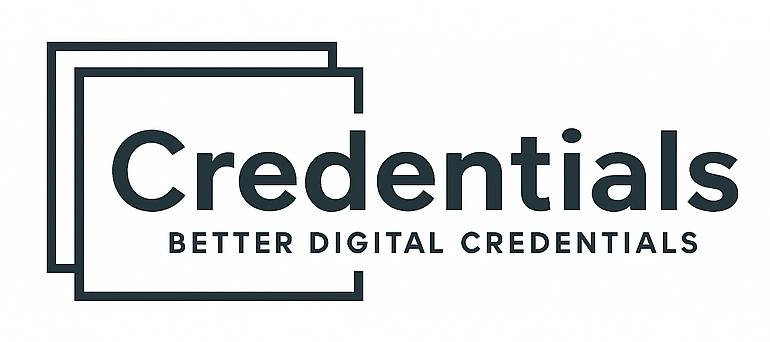Education is entering an era defined not by how long people study, but by how effectively they can demonstrate what they know.
The acceleration of knowledge, automation, and emerging technologies has created a gap between traditional academic pathways and the rapidly changing world of work. As a result, the ability to verify, share, and recognize learning in real time is becoming a central challenge for institutions and professionals alike.
One of the most promising responses to this challenge is the rise of microcredentials—digital, verifiable records that certify specific skills or competencies. They represent a shift from declared knowledge to demonstrated evidence, creating a new foundation for trust between learners, educators, and employers.
From Certificates to Evidence
Microcredentials are not digital versions of traditional certificates; they are structured data objects that store verified information about learning achievements.
Each credential includes metadata: who issued it, what it represents, what criteria were met, and how the achievement was validated.
Through frameworks like Open Badges 3.0, the European Learning Model (ELM), and the UNESCO Learning Passport, they can be instantly validated and read across borders and systems.
This transparency transforms recognition itself.
Instead of relying on the authority of an institution, the value of learning becomes measurable, portable, and auditable.
For the first time, educational credentials behave like digital identities—trustable, shareable, and interoperable.
A Global Movement Toward Verifiable Learning
Governments, universities, and international organizations are converging around the idea of a verifiable learning ecosystem.
The European Union has already integrated microcredentials into its Skills Agenda, while countries like Australia, Canada, and New Zealand have established national frameworks to regulate their quality and interoperability.
Latin America is also joining the conversation, with universities and academic networks experimenting with blockchain-based issuance, regional qualification frameworks, and collaborative recognition agreements.
These initiatives are gradually building a global infrastructure of educational trust, where learners can carry their verified skills across institutions, sectors, and borders.
Understanding the Shift: From Theory to Implementation
Amid this growing transformation, some initiatives are helping institutions navigate the practical side of adoption.
One example is the course “Microcredentials and the Future of Verifiable Learning”, led by Guido Grinbaum, founder of POK – Proof of Knowledge, available freely on YouTube and Spotify.
Rather than promoting a single model, the course explores how different systems—universities, governments, and employers—are approaching the same goal: building transparent, evidence-based pathways for lifelong learning.
Across 29 modules, it delves into governance, interoperability, AI integration, employability analytics, and institutional strategy, offering an open, non-commercial view of how the verifiable learning paradigm is taking shape worldwide.
Education and Work: The New Alignment
Microcredentials also redefine the relationship between education and the labor market.
Employers are increasingly prioritizing skills-based hiring, where verified competencies weigh more than traditional degrees.
For universities, this creates both a challenge and an opportunity: to connect academic outcomes with measurable real-world impact.
When combined with blockchain and data analytics, microcredentials allow institutions to trace employability outcomes—tracking how learners use their credentials to access new jobs, promotions, or professional pathways.
Education, for the first time, becomes a measurable engine of opportunity.
Building an Interoperable Future
At a global scale, the goal is not simply to issue more credentials, but to ensure they can be read, validated, and trusted anywhere.
Interoperability is the backbone of this ecosystem.
Through open standards and sovereign blockchain infrastructures, microcredentials can function as digital passports for learning, aligning universities, employers, and governments under a shared framework of transparency.
As this ecosystem matures, the focus is shifting from quantity to quality, traceability, and recognition—building a system where learning is not only lifelong, but also lifelong-verifiable.
A Cultural Shift Beyond Technology
Ultimately, the microcredential movement represents more than a technological innovation—it’s a cultural redefinition of what it means to know and be recognized.
It challenges education to evolve from an act of instruction to a process of validation, where knowledge becomes dynamic, transparent, and continuously demonstrated.
This is not about replacing degrees, but about rebuilding the architecture of learning around evidence, interoperability, and trust.
And in that sense, microcredentials are not just the future of education—they are the grammar of a new era of human potential.

